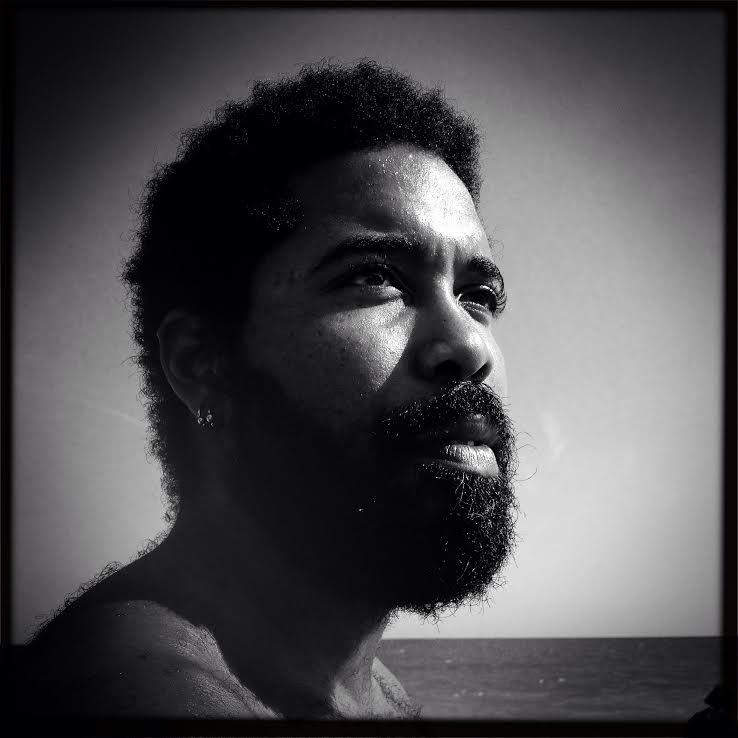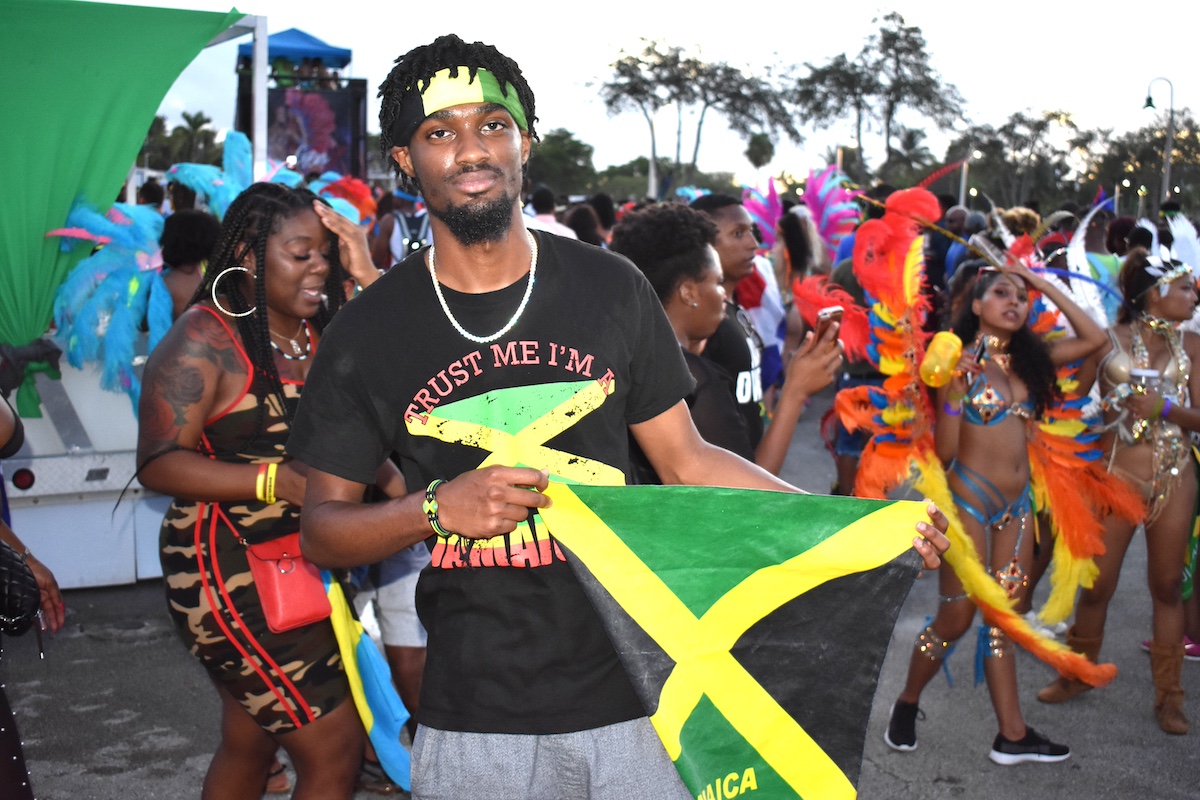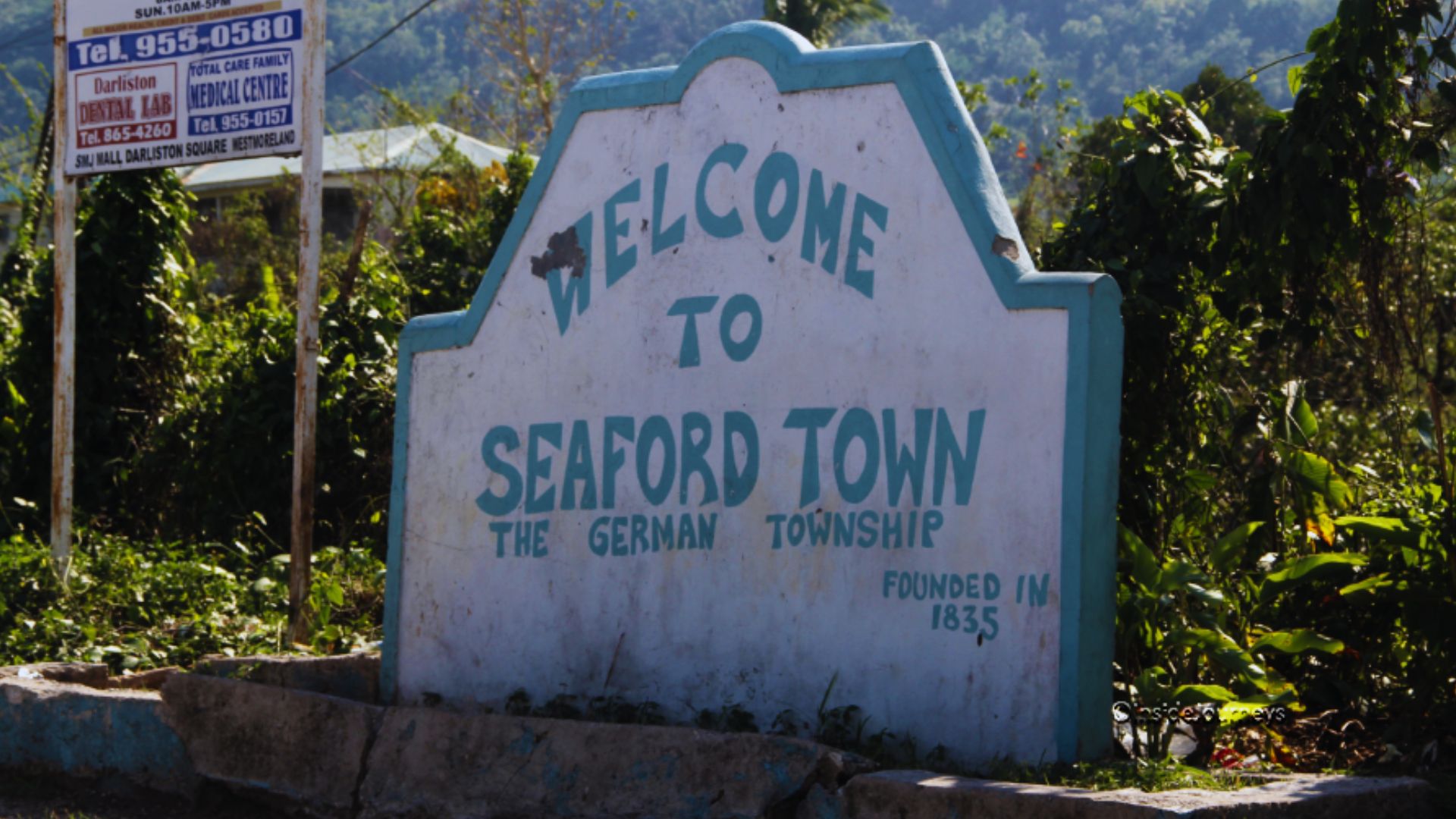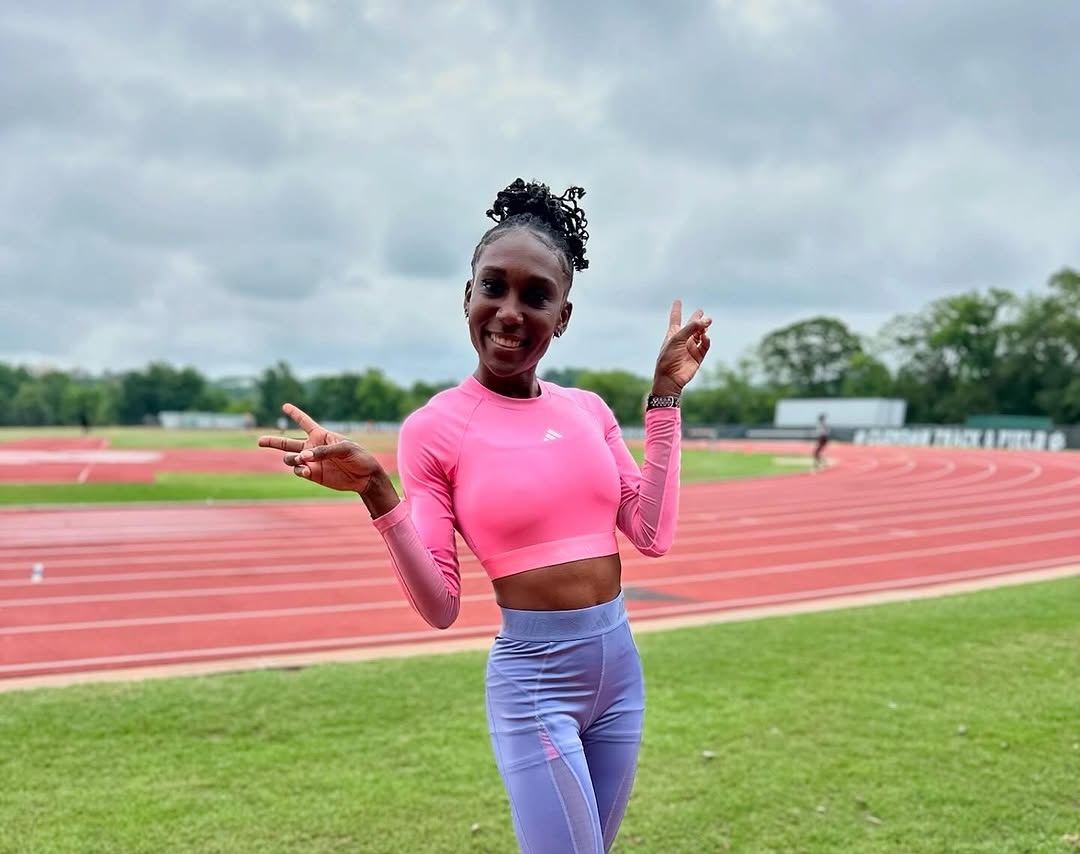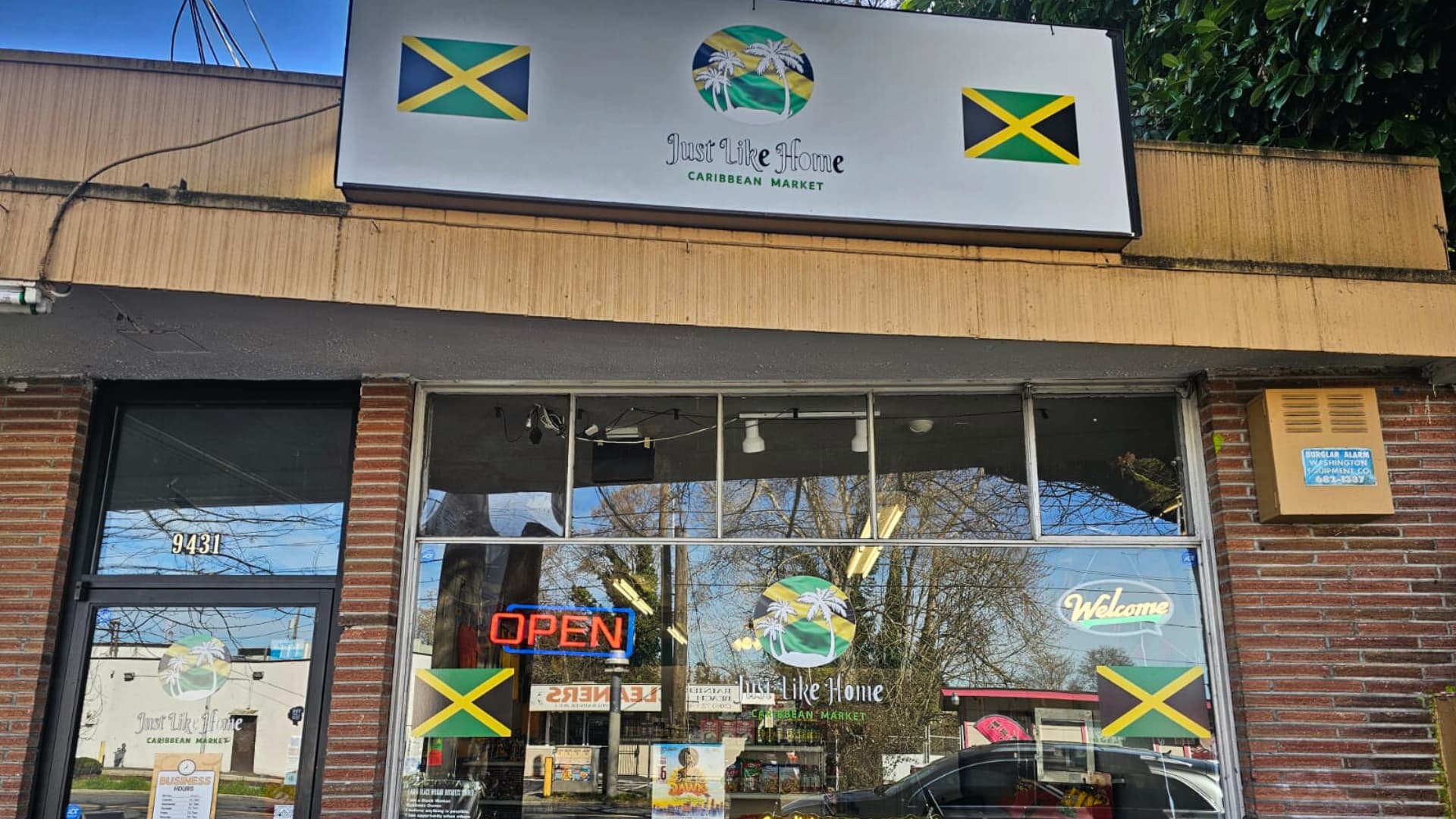Marlon James was born in 1980, in Kingston, Jamaica. He was accepted to Edna Manley College of the Visual and Performing Arts to study design but then in his last semester took an elective in photography and as a bet with a friend was determined to get good grades. Even though he graduated with a Diploma in Sculpture, Marlon worked for ten years as the Photography assistant and then as a lecturer teaching Photography at Edna Manley.
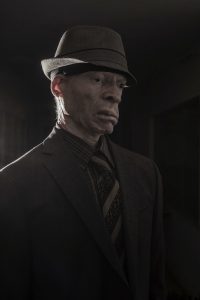
After graduating from the College, he went on to work as an apprentice to some top photographers, including Mark Seliger, Jeff Gamble, Anthony Mandler, Franz Marzouca and William Richards. Those years as a photo assistant resulted in him becoming the official photographer for Red Bull, and producing two back-to-back calendars for Red Stripe Beer, along with numerous ads. Amongst his many jobs following graduation from the College, was working the Art Department for major commercials and television shows. His big break came when he worked the set of America’s Next Top Model – although responsible for set design, he took the opportunity to show his portfolio to the show’s producer, and as fate would have it, they had an opening for a photographer for one of the show’s weekly challenges. The keen observer would remember James from Season 19, Episode 10, when he photographed the ‘Dolphin Challenge’, which featured swimwear by Cedella Marley, the daughter of the late Bob Marley.
In spite of all this exposure, James still took the advice of an art dealer and friend, who suggested to him that the art community in Trinidad was booming, and encouraged him to make the move for more commercial success. Since he’s been in Trinidad, he’s photographed former Miss Universe, Digicel, Carib, and collaborated with several fashion designers, advertising agencies, & magazine publications.
In 2017, James’ photographs were featured in an online publication, Marie Claire’s article entitled, “Why Black Women in a Predominantly Black Culture are still Bleaching their skin.” by Rebekah Kebebe. The photographs show the bleaching culture in Jamaica.
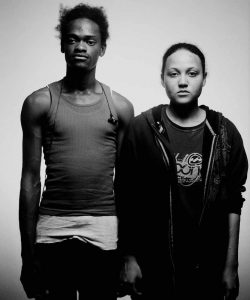
While his photographic practice is quite diverse, James is best known for his provocative portraits of fellow artists and persons who challenge societal norms, who are presented in both an iconic and candid fashion.
His approach to his work is very clear. Incorporating a raw, unedited approach to photography, he often captures socially controversial subjects who represent taboo aspects of Jamaican society. He started out by documenting individuals in the artistic community, and gradually branched out to the wider community including the Caribbean. An impetus for the work came from a search for his own identity.
By photographing people against a plain or minimal background, he commands the viewer’s focus to these individuals who would not normally be considered in conversations about beauty or deemed worthy of a portrait. In this way, he democratizing definitions of iconography, beauty and aesthetics.
He sometimes sketches out his approach to a particular image before letting things evolve in front of his lens. Most photographers will shoot over 200 images but he likes to get the shot in 35 or 50 photos, treating a camera as if it were still film. He also doesn’t spend much time editing. He celebrates the imperfections of the body, including the wrinkles and blemishes of his subjects.
His work has been exhibited several times at the National Gallery of Jamaica but has also shown his work at Bargehouse, London, IDB Cultural Center and Art Musuem of the Americas, Washington D.C, New York, Norway, Aliceyard, Trinidad and Canada. His most recent exhibitions, were The Jamaica Biennial 2014, and the Jamaican Routes exhibition in 2016, in Oslo, Norway. He currently lives in Cascade, Trinidad.
You can follow him on instagram @moderndaycaveman and www.marlonjamesphotography.wordpress.com
